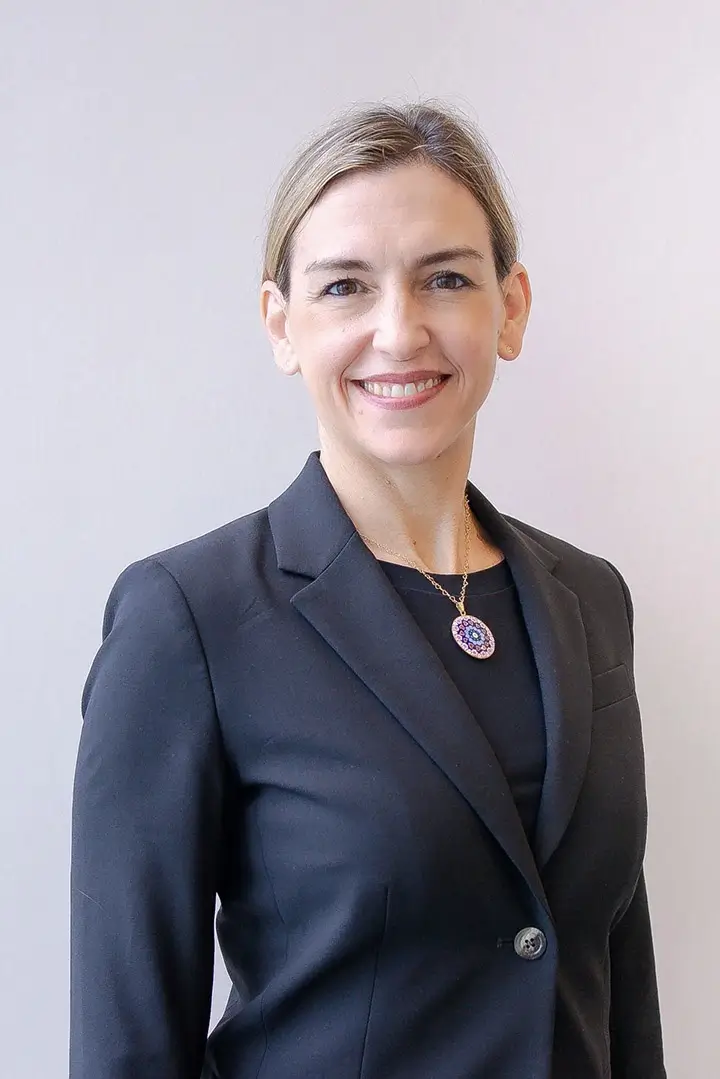The International Summer School for Stem Cells and Regenerative Medicine in Piran, Slovenia has just finished hosting an international panel of speakers from August 21st through the 29th. In addition to the formal conclusions drawn by the scientists during the week-long symposium, the mere list of topics which they addressed constitutes a revealing evaluation and excellent summarization of the field of regenerative medicine.
Among the sponsoring participants was the Florida-based U.S. company known as "Hard To Treat Diseases" (HTDS), whose medical director, Dr. Ivana Gadjanski, spoke at the symposium. Other speakers from the U.S. included Drs. Tanja Dominko and Raymond Page from the Worcester Polytechnic Institute in Massachusetts, and Dr. Darja Marolt from Columbia University in New York. Among the other speakers and countries represented were Dr. Stephen Minger from King’s College in London, Dr. Thomas Ekstrom from the Karolinska Institute in Stockholm, Sweden, Dr. Zoran Ivanovic from the blood bank EFS in Bordeaux, France, Dr. Smadar Cohen from the Ben-Gurion University of the Negev in Israel, and Dr. Dasa Cziskova from the Institute of Neurobiology in Kosice, Slovakia.
An excellent overview of the current state of affairs in the field of regenerative medicine can be gleaned by a quick glance at the topics that were addressed, which can be broadly divided into the following categories: 1) types of stem cells that are or are not suitable for clinical application, 2) ethical issues, 3) obstacles to therapy, 4) clinical trials, 5) technical issues pertaining to laboratory methods, 6) new ways of inducing pluripotency, 7) adult stem cells derived from umbilical cord blood, 8) adult stem cells derived from adipose tissue, and 9) means of enhancing endogenous stem cell activity. In the category of "obstacles to therapy", teratoma formation from any type of pluripotent stem cell was the dominant, most problematic concern. In the category of "clinical trials", the recent FDA-imposed halt on Geron’s embryonic stem cell trial was the focus of discussion. In regard to "technical issues pertaining to laboratory methods", topics of interest included the various types of biomaterials that are used for cellular scaffolds, the types of bioreactors that are used for growing cells, and the protocols for isolating cells from various tissues, among other themes. It is particularly noteworthy that both umbilical cord blood and adipose tissue received special attention as the most promising sources of the most versatile and the most clinically viable stem cells – all of which is indicative of the fact that gone are the days when stem cells were simplistically divided into the 2 fundamental categories of embryonic versus adult. Indeed, the only attention that embryonic stem cells received during this entire symposium was when the participants addressed the persistently recurring themes of teratoma formation and the types of stem cells that are unsuitable for clinical application. When it came to a discussion and analysis of clinically viable stem cells, only adult stem cells have proven to be qualified for this category, and people are now accustomed to drawing fine distinctions among the many different types of adult stem cells and their already very well elucidated characteristics.
The formal conclusion of the entire symposium, however, was that the most efficacious type of clinical therapy will be one that stimulates the powerful healing mechanisms of the body’s own naturally occurring supply of endogenous adult stem cells. Not only does this approach eliminate all ethical concerns and potential risks of immune rejection, but it has also proven to be among the most therapeutically efficacious of medical approaches.
The fact that this symposium was hosted by an Eastern European city, the name of which is unfamiliar to most Americans, is also not without its significance. Although there are some countries in the world, such as the U.S., who tend to think of themselves as the scientific center of the universe when it comes to stem cell research, in actuality there are many other countries which are advancing more rapidly in stem cell technology. Such a fact has nothing to do with Bush-era restrictions that were imposed on embryonic stem cell research, since embryonic stem cells are still ineligible for clinical use, even with unlimited funding, due to a number of dangers that they pose, not the least of which is teratoma (tumor) formation. Instead, the greatest hindrance to stem cell advancement in the U.S. is the entirely politically driven and egregiously unscientific insistence by the U.S. FDA that each person’s own endogenous adult stem cells must be classified as "drugs" and regulated as such. It is this unconscienable government policy – which persists throughout the Obama administration – that is driving the best, brightest and most capable U.S. clinics and doctors overseas, where they are setting up their offices in any and every other country on earth except the United States.
U.S. citizens should therefore be prepared to hear a lot more news throughout the future about impressive advances in adult stem cell therapies that are happening in places such as Piran, Slovenia.

